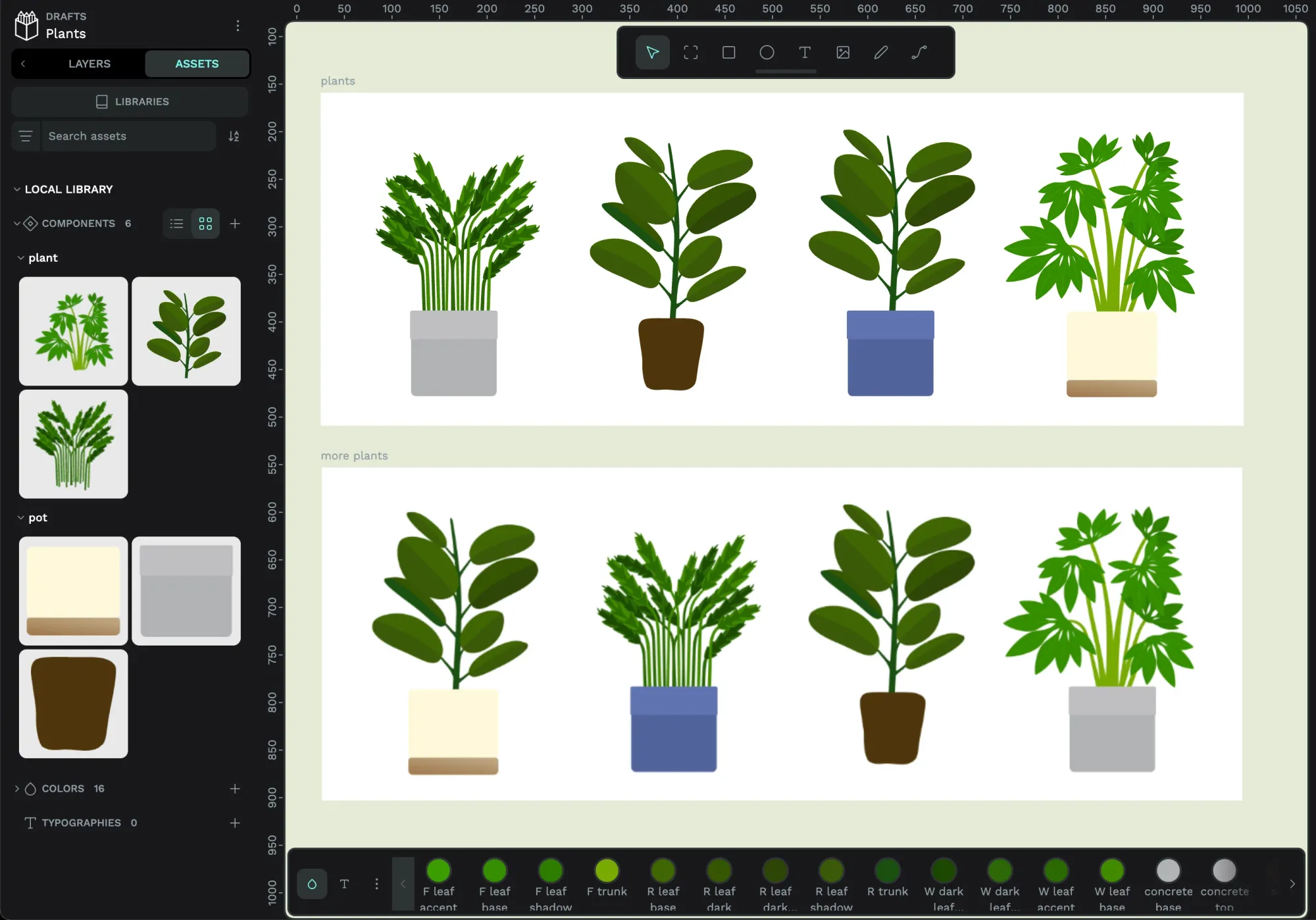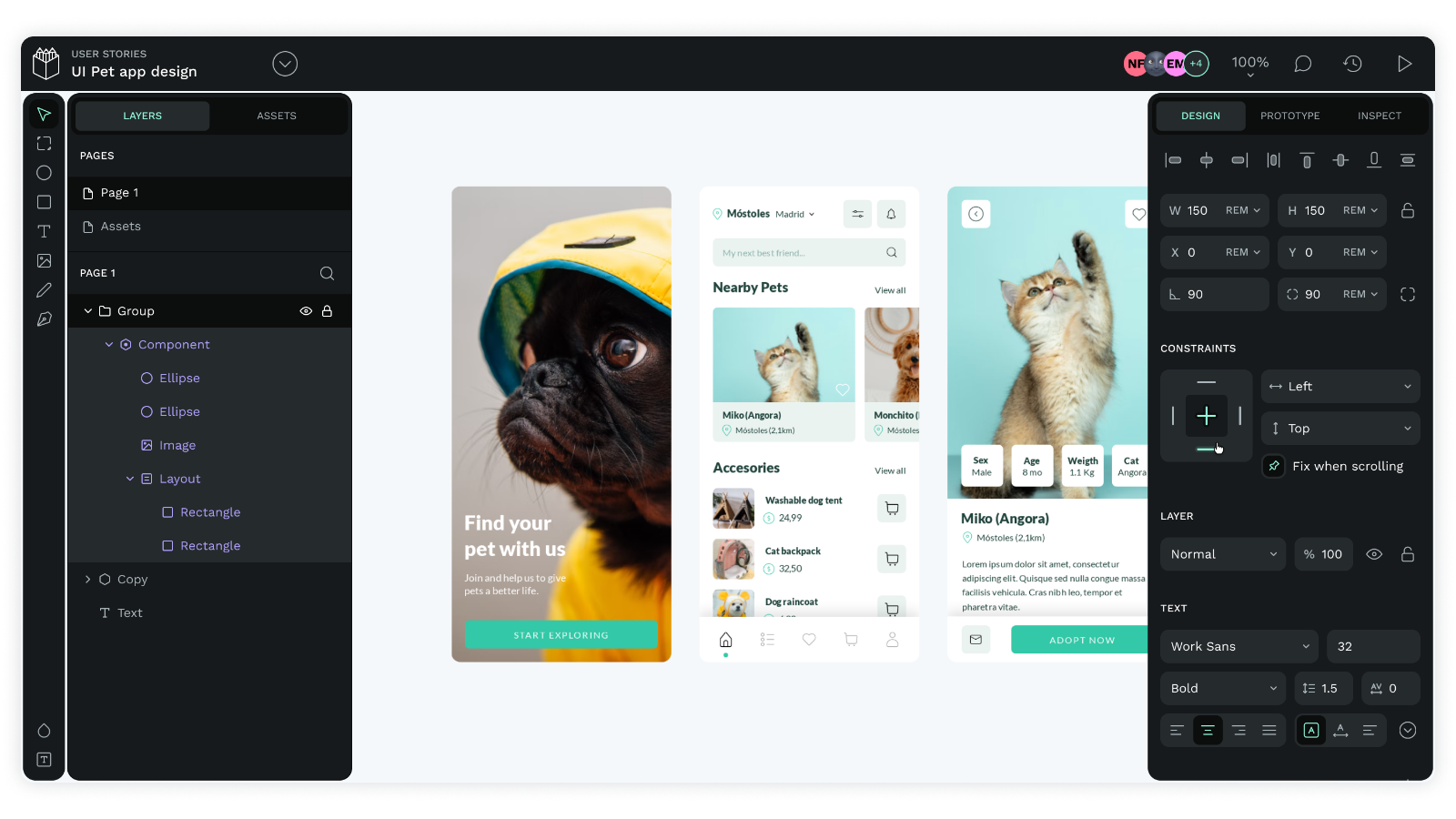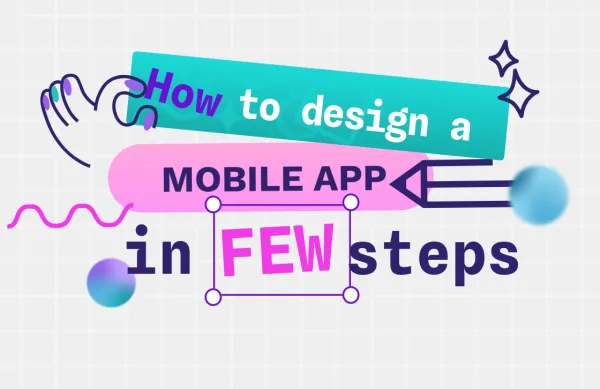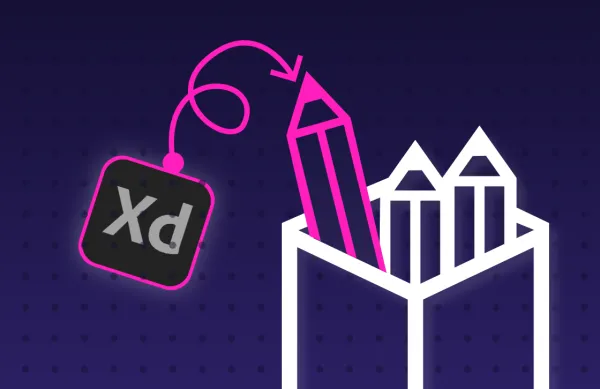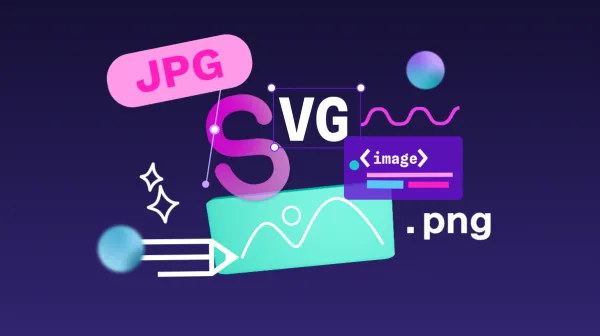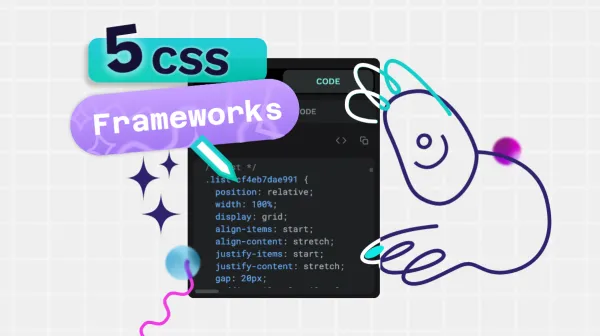5 benefits of open-source design software
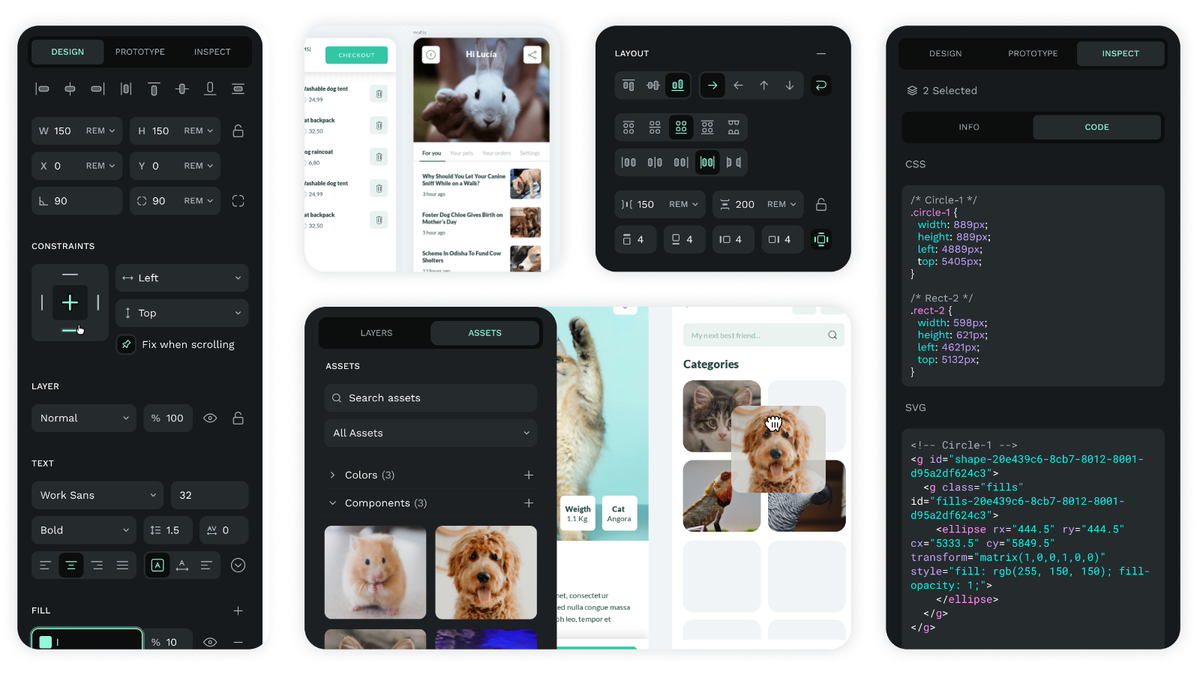
Good design is universal. Whether it's in a Japanese banking app or a Mexican cooking blog, people appreciate and recognize good design when they see it.
Unfortunately, much of the design software on the web is far more limiting. Proprietary software owned by massive corporations forces designers to work within their walled gardens. You use the security they choose, the formats they like, and pay a premium to do so.
These limitations are why the open-source movement is so important. Open-source design software gives designers and developers the chance to customize every aspect of what they do to fit their needs and create better designs for their users. And that’s not all. Here are five reasons why switching to open-source design software (and open-source products in general) makes all the difference for you, your teams, and the internet at large.
What does Open Source mean?
Open Source is all about being transparent and collaborative with the code behind your software. Typically, companies keep their proprietary code secret. Nobody outside of the company can see it or change it. Open-source software developers put their code on the internet where anyone can inspect it, fix bugs, and suggest changes or make forks.
Not only does this foster transparency and trust, as people know exactly what your software does (and doesn’t) do. But also, it helps build a global community of developers and users who are working towards a better-designed internet.
5 benefits of open-source design software
This list focuses on the benefits of open-source design software specifically. However, many of the benefits we list below apply to the general argument for open-source software.
1. More secure
Unlike many people may think, your data is more secure on an open-source design platform because, with Open Source, you’re free to self-host your data. This means you don’t need to rely on larger companies who may be likelier targets for hackers.
In 2023 alone, there have been major data leaks from companies like:
- MOVEit: When this transfer software was hacked, more than 60 million people had their data leaked.
- MailChimp: Hackers gained access to 133 accounts on this email marketing platform, allowing them to steal contact lists, emails, and more.
- T-Mobile: This telecommunications giant has actually suffered two breaches this year, which included the loss of sensitive data like names, addresses, and social security numbers.
To be clear, an open-source program is not inherently more secure. However, it does give owners more control of their data with options for self-hosting and authentication protocols. Also, with an active community of designers and developers, there are more eyes scouring source code, ensuring potential bugs or glitches get patched before they’re a security risk.
2. More customization and flexibility
Because the code is open and available, those with the know-how can customize open-source design platforms to perfectly suit their needs. Here are a couple of practical ways this could help your design team:
- Authentication: Insert your preferred authentication method into the platform so your data stays secure.
- Integrations: Connect your design platform with other SaaS platforms for a more efficient design process.
- Backups: Set up automatic backups at regular intervals to your preferred location so you don’t need to worry about corrupted files or lost work hours.
So, if you don’t like something on an open-source program, you are free to modify your instance via the API. This freedom means that your designers can bring their vision to life without needing to compromise due to platform limitations.
3. Cost-effective
Keeping a fully stocked tech stack isn’t cheap. Whether a SaaS product nickels and dimes you on features, seats, or something else, it seems like the costs of design only go up.
This trend probably won’t change anytime soon either as, according to the SaaS Inflation Index, spending on SaaS products has doubled in the last five years, and prices are currently growing four times faster than inflation.
In contrast, most open-source products are free or nearly free. Penpot’s open-source design software is completely free to use, making its use accessible to more people. Sign up and start building their latest projects right away.
4. Gives you access to robust community resources
One of the most important features of an open-source program is its community. As more designers and developers use the platform, they’ll find new ways to make it better. This can take the form of:
- Helping answer questions on the forum.
- Sharing resources that anyone can use.
- Offering tips and tricks to get more out of a platform.
- Guiding devs on what new features could get added.
- Finding bugs early in new releases.
- Contributing with language translations or code pull requests.
At Penpot, our Community is full of people who are doing all of the above and more. From instances of people asking our team to be part of our beta tests to templates shared by members of the Community with anyone who wants them, this sense of community makes Penpot more than the sum of its parts.
It’s not that closed-source programs can’t also have communities — many do. But, having access to the source code allows for a more creative and collaborative environment where everyone can contribute.
5. Interoperability
One of the biggest hurdles in the design world currently is a lack of interoperability. Some platforms may only work on MacOS or only support a few certain proprietary file types.
This means that working with your designs outside of that specific design platform or ecosystem becomes far more work than it's worth. It also might mean large inefficiencies if you’re forced to use multiple design platforms when tackling different issues across your company.
The issue of interoperability is a huge one that is still far from solved. However, open-source design software is leading the way towards a more interoperable future.
For instance, at Penpot, we’ve improved interoperability by:
- Choosing Open Standards: SVG is our native file format because it’s an Open Standard that’s widely used across the internet. This allows teams to import, export, and change files across systems as needed without worry.
- Making it browser-based: Penpot works with several different browsers that are all available on major operating systems. Your team can access Penpot regardless of whether they’re on Mac, Windows, or mobile.
- Implementing CSS Grid and Flex Layout: Our CSS Grid Layout and Flex Layout features instantly translates what designers create in Penpot into CSS, one of the most used design languages available. This breaks the barrier between designer and developer languages so they can work together on one tool for more collaborative designs. And HTML is available too.
- Promoting translations: With community support, open-source programs can more easily translate their tools so they are available to more people across the web. Currently, Penpot is being translated into over 35 languages by the community.
All of this work adds up to Penpot and other open-source programs like it, working for more people. Plus, as open-source grows, it becomes easier for more programs to embrace interoperability so that one day, the internet can work as a unified system.
Find a design tool that’s right for you
There are a lot of design tools available on the web today, both open-source and closed-source. Although we may be a little biased in which one we think is best, we also know that every team has its own needs and circumstances.
That’s why we looked at seven of the best free design tools currently on the market. We’ve broken down these tools by use case and explained all their key features so you can make an informed decision when deciding to try out a new tool to bring your latest designs to life.
Related Blogs
Click here to read one of our related blogs.


